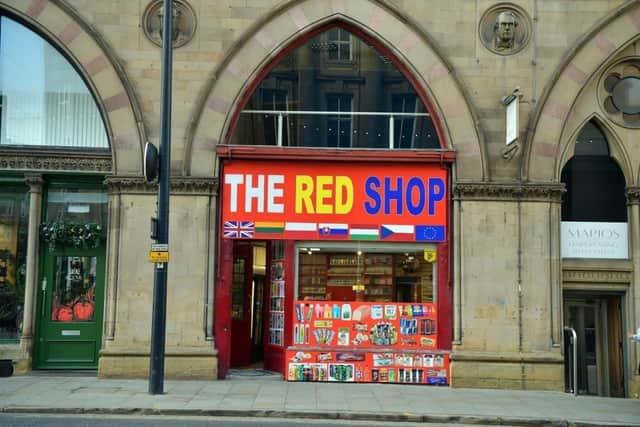Wool Exchange, Bradford: Signage from Grade I listed building in Yorkshire to be removed after uproar and Historic England's demand for answers
In October Bradford Council said it would begin an investigation after bright red frontage was installed over a traditional shop unit on Grade I listed Wool Exchange on Market Street.
There was uproar after the signage, for a new business called The Red Shop, was installed without permission. One Councillor said it was “not a good look” for the building, and Historic England demanded answers, calling it “one of Bradford’s most important and much-loved buildings.”
Advertisement
Hide AdAdvertisement
Hide AdNow a planning application has been submitted to Bradford Council to remove the signage and replace it with signs that better reflect the building’s heritage.


Submitted by Y Ahmedi, the application says: “The current unauthorized signage will be removed from the frontage.
“The proposals are to reuse existing fascia board which is currently covered by the existing signage.
“The proposals would include painted letters on the fascia board in gold.
Advertisement
Hide AdAdvertisement
Hide Ad“The proposed scheme has taken full consideration of the context of the site and its surroundings.
“We feel that the proposals would not harm the street scene and would retain the importance of the building without causing any undue harm.”
A decision on the application is expected next month.
The Wool Exchange dates back to 1864. It is an example of Gothic Revival architecture.
The building ceased to be used for wool trading in the early 1970s. It is now mainly occupied by a Waterstones bookshop.